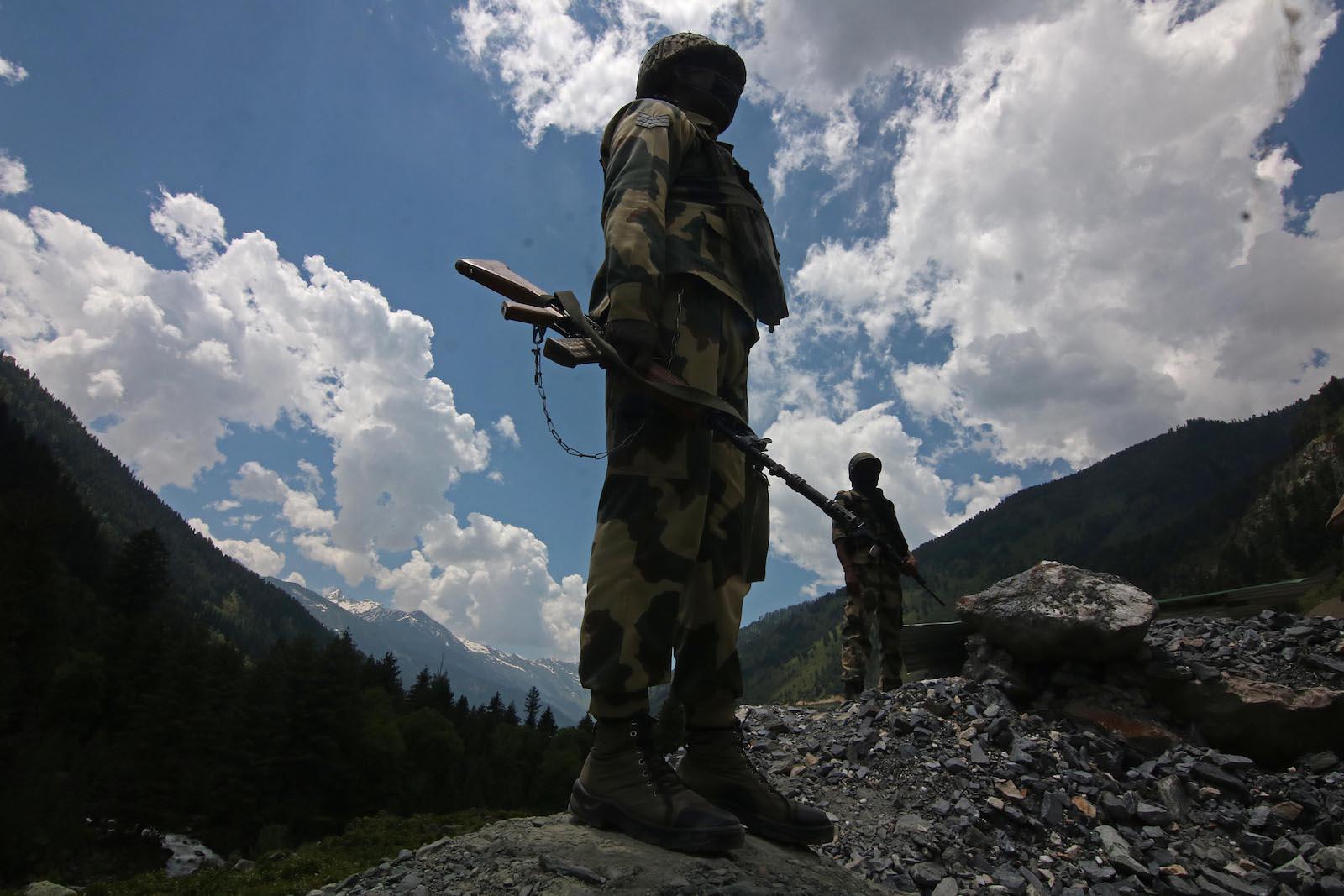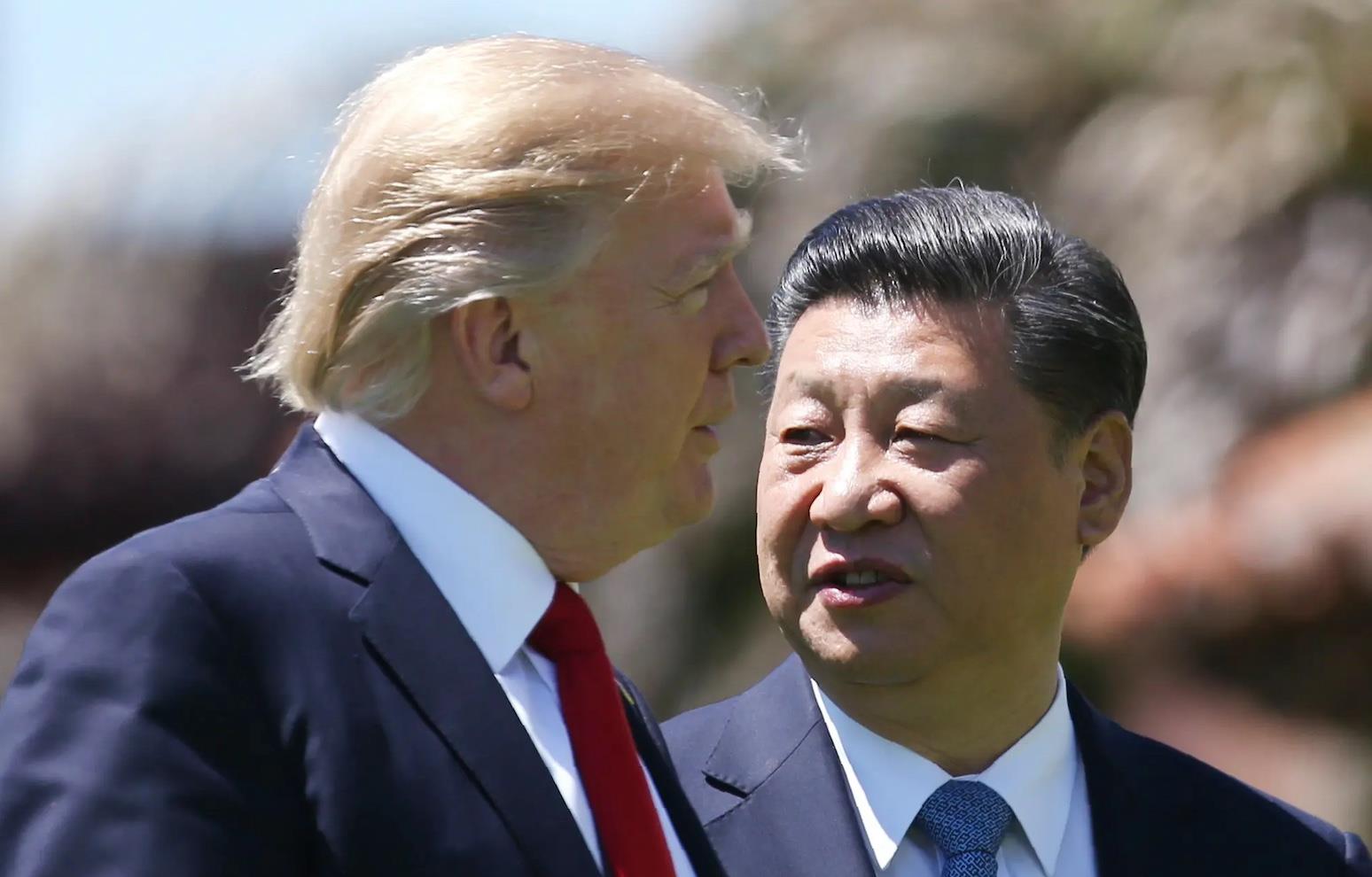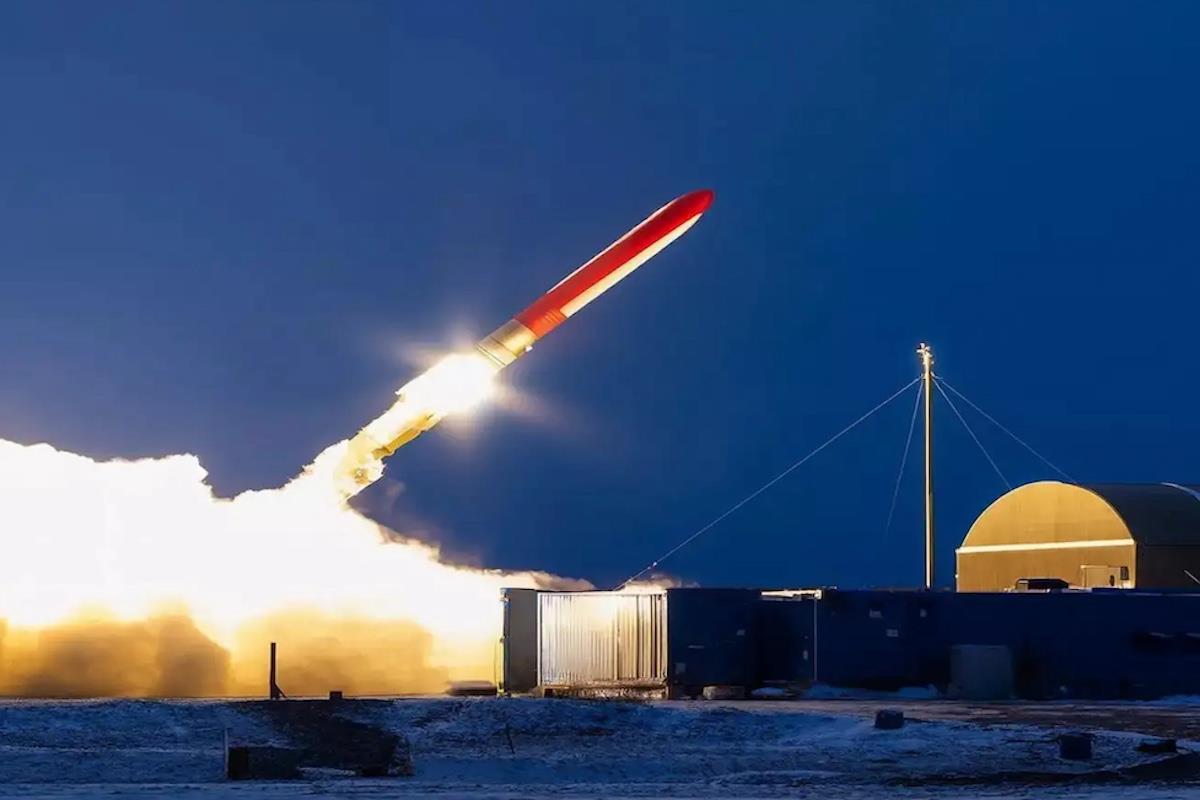
Russia's Burevestnik Shatters US Homeland Invulnerability Myth
This month, multiple media outlets reported that Russia has successfully tested its long-delayed 9M730 Burevestnik nuclear-powered cruise missile, marking a significant milestone in its pursuit of next-generation strategic weapons.
Russian President Vladimir Putin announced the test during a meeting with top generals in camouflage fatigues, saying the missile had flown 14,000 kilometers over 15 hours on nuclear propulsion - the longest flight yet recorded.
Chief of the General Staff Valery Gerasimov confirmed the test took place from Novaya Zemlya in the Arctic, where Russia has conducted numerous nuclear trials.
Dubbed“Skyfall” by NATO, the missile is designed for virtually unlimited range and an unpredictable flight path, intended to evade US and allied missile defense systems. Putin hailed it as“invincible” and unique to Russia, framing the weapon as a response to the US's 2001 withdrawal from the Anti-Ballistic Missile (ABM) Treaty and NATO's eastward expansion.
Technical failures and safety incidents have plagued the Burevestnik program, including a 2019 explosion at the White Sea that killed five Rosatom scientists and spiked local radiation levels. Still, its successful test underscores Russia's determination to demonstrate strategic resilience and nuclear deterrent credibility amid rising tensions with the US over Ukraine.
Samuel Bendett and other writers mention in a September 2021 Chatham House report that Burevestnik reflects Russia's drive to guarantee strategic deterrence and offset perceived US and NATO superiority in conventional and missile defense systems. Bendett and others state that these weapons stress that they exemplify asymmetric innovation-leveraging high-risk, high-impact technologies.
Still, the technology behind Burevestnik may be grand in theory, but very challenging to implement on a practical scale. Burevestnik might be derived from Project Pluto, a US project from the 1950s focused on creating the Supersonic Low Altitude Missile (SLAM).
Latest stories
India's Exercise Trishul a needless escalation at a fragile time

Trump, Xi and the politics of tactical peace
This nuclear-powered, ramjet-driven cruise missile was designed for prolonged low-altitude flights while carrying several nuclear warheads. Its unshielded reactor used nuclear fission to heat the air, reaching Mach 3 speeds, but it released radioactive exhaust, which posed significant environmental risks.
Although reactor tests were successful, issues related to materials science, structural integrity, and ethical considerations-particularly as public concern about nuclear fallout grew-resulted in its cancellation in 1964.
Furthermore, Chris Spedding mentions in an October 2023 BASIC article that for the Burevestnik, miniaturizing a reactor for sustained flight, managing extreme thermal loads, and ensuring reliable guidance over intercontinental distances remain significant challenges.
But for Russia, the possible military advantages of the technology may outweigh the technological drawbacks. Alexei Leonkov, as cited in an October 2025 Modern Diplomacy article, states that Burevestnik could be used to ensure the destruction of enemy command posts, following an attack by intercontinental ballistic missiles (ICBMs).
But are current US missile defense systems up to the task of defeating Burevestnik? In an October 2022 article for Air & Space Forces Magazine, Christopher Stone emphasizes that US space-based sensors like the Space-Based Infrared System (SBIRS) are intended to detect the infrared signatures of ballistic missiles during their boost phase for early warning.
However, Stone notes they do not continuously track ballistic, non-ballistic, maneuvering, or very-low-altitude hypersonic warheads after they separate from their launch boosters.
Against cruise missiles such as Burevestnik, Michael Bohnert notes in a Military Times article this month that defending a vast country the size of the US against such would entail tens of thousands of air defense systems and incur astronomic costs, with the Golden Dome costing anywhere from US$256 billion to $3.6 trillion over the next 30 years.
Houston Cantwell stresses this point in a February 2025 Air & Space Forces Magazine article by stating that no one can afford to spend millions per interceptor round indefinitely to fight off low-cost drones and cruise missiles.
Strategically, Burevestnik's mere existence-plausibility and combat effectiveness notwithstanding-imposes inordinate costs on the US, despite the weapon's technical flaws and risks. It could force the US to spend unsustainably on an uncertain system, such as Golden Dome, possibly wasting resources that could have been spent on more worthwhile capabilities.
Burevestnik may also cast doubt on US security guarantees. By putting the US homeland at risk of a nuclear attack, the US's willingness to risk its people and cities for the sake of its allies is put into question.
In the Pacific, the Burevestnik could also set a precedent for states such as North Korea and China, incentivizing them to develop similar weapons. Russia may have already shared nuclear submarine propulsion technology with North Korea, with Burevestnik's nuclear cruise missile propulsion possibly next on the list, depending on how sensitive the former considers the technology.
Such would add to North Korea's push for de facto nuclear power status, ensuring the survival of the ruling Kim dynasty – and incentivizing South Korea and Japan to build their nuclear weapons.
China, having significantly more resources than both Russia and North Korea combined, could come up with a similar system, adding to the threat that its earlier hypersonic “Fractional Orbital Bombardment System (FOBS)” potentially poses to the US homeland.
A similar system to Burevestnik could reinforce China's nuclear arsenal as a strategic backstop should its conventional forces falter in an invasion of Taiwan or to deter US and allied intervention.

Sign up for one of our free newsletters
-
The Daily Report
Start your day right with Asia Times' top stories
AT Weekly Report
A weekly roundup of Asia Times' most-read stories
In this time of great power competition, where the US homeland sanctuary may no longer be assured, addressing the Burevestnik challenge requires acknowledgement, not denial or dismissal of the threat that the system and similar others like it pose.
It would also require a rethink of US missile defense architecture and nuclear posture – despite 65 years of research and billions spent, no US missile defense system has been demonstrated to be effective against a realistic ICBM attack, with Golden Dome's astronomical costs putting into question its feasibility.
Instead of spending billions on Golden Dome space-based interceptor missiles, funding could be allotted to accelerate the development of point defense air-and-land-based laser weapons to counter cruise missile threats such as Burevestnik.
Yet the best defense may lie in a good offense – modernizing the US nuclear triad by accelerating the production of the B-21 bomber, Columbia-class nuclear ballistic missile submarine (SSBN), and Sentinel ICBM may deter systems such as Burevestnik being used in the first place through assured second strike capability.
However, such moves can play into Russia and possibly China's“escalate to de-escalate” (E2DE) strategy, castigating US missile shield efforts as breaking strategic stability, while courting Armageddon through nuclear brinksmanship, hoping that the US and its allies blink first before any nuclear weapons are launched.
The danger associated with that approach underscores the enduring necessity and new approaches towards conventional deterrence, while making renewed crisis management frameworks, missile testing protocols, and arms control agreements more urgent than ever.
Sign up here to comment on Asia Times stories Or Sign in to an existing accounThank you for registering!
An account was already registered with this email. Please check your inbox for an authentication link.
-
Click to share on X (Opens in new window)
Click to share on LinkedIn (Opens in new window)
LinkedI
Click to share on Facebook (Opens in new window)
Faceboo
Click to share on WhatsApp (Opens in new window)
WhatsAp
Click to share on Reddit (Opens in new window)
Reddi
Click to email a link to a friend (Opens in new window)
Emai
Click to print (Opens in new window)
Prin

Legal Disclaimer:
MENAFN provides the
information “as is” without warranty of any kind. We do not accept
any responsibility or liability for the accuracy, content, images,
videos, licenses, completeness, legality, or reliability of the information
contained in this article. If you have any complaints or copyright
issues related to this article, kindly contact the provider above.


















Comments
No comment